Fresh Garden Salsa
Fresh, zesty, and easy to make, this Fresh Garden Salsa recipe uses garden tomatoes, jalapeño, garlic, and cilantro for a bold flavor in minutes. Perfect for your favorite tortilla chips, tacos, and more!
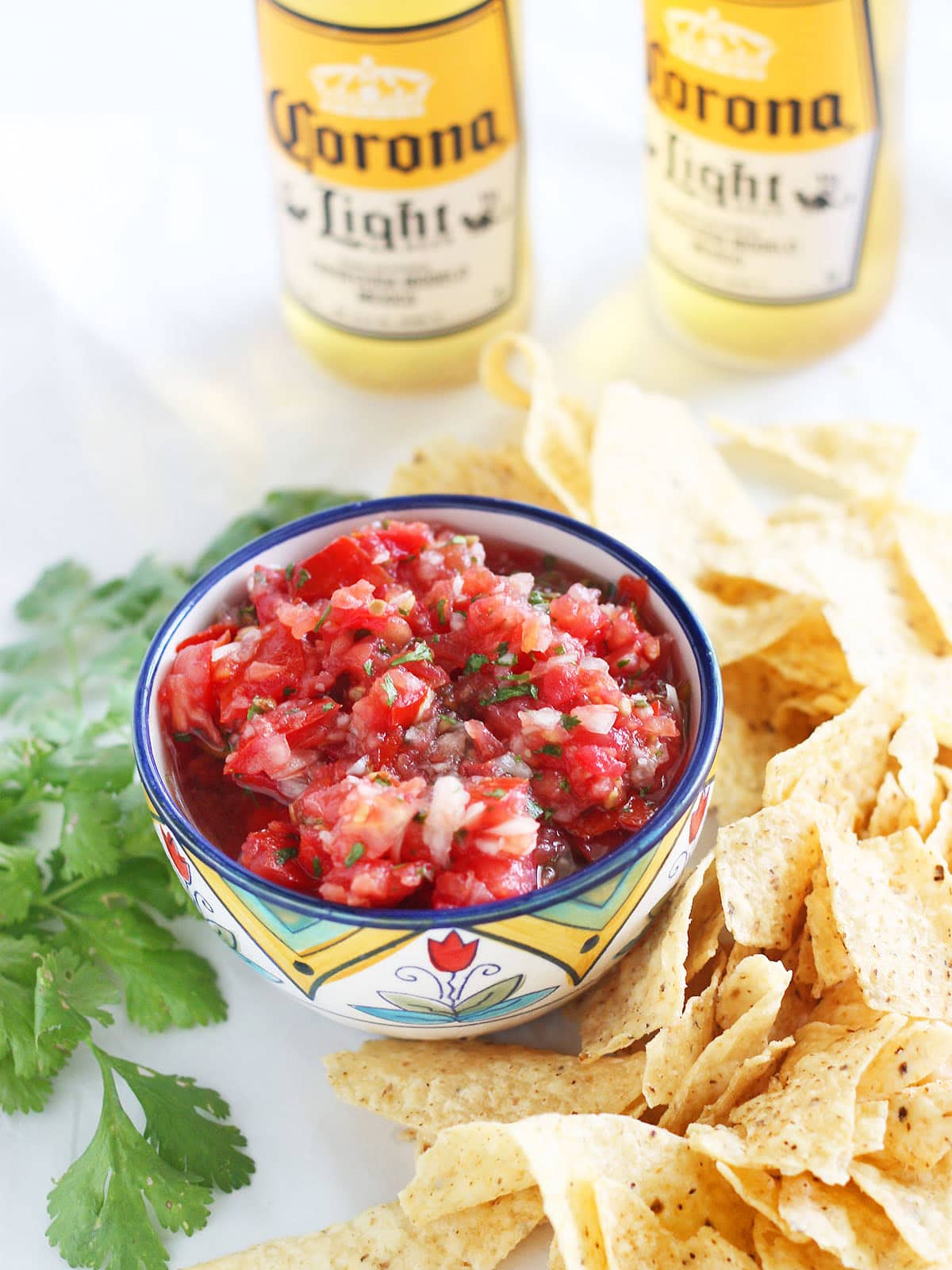
My favorite part of a summer garden is all the homegrown tomatoes. I adore standing alongside my garden bed, pulling red cherry tomatoes from the vine and popping them in my mouth while they are still warm from the sun. It’s a flavor experience that just can’t be duplicated by anything purchased from the grocery store.
Same goes for this salsa. Take my advice, just go ahead and toss that jar of store bought salsa in the trash. There is nothing … and I mean nothing … like the flavor of this homemade garden salsa, especially when it’s made with fresh ingredients. It is the perfect companion to your chip and dip cravings, backyard barbecue, taco night, or healthy, zesty snack ideas.
Check out my other recipes for more ideas on using up late summer tomatoes.
Ingredients and tools you will need
This is a simple recipe that lets the natural flavors of the ingredients shine. To make this fresh garden salsa recipe, you will need:
- 7 small to medium ripe fresh tomatoes, quartered – Fresh roma tomatoes are the best tomatoes for salsa because they are firmer, have less water than other varieties, and contain fewers seeds. However, feel free to use any type of ripe tomatoes you can get your hands on.
- ½ cup (or half of a medium) white or yellow onion
- 2 cloves fresh garlic
- 1 jalapeño pepper, halved (remove seeds for less heat)
- ¼ teaspoon sugar
- 1 teaspoon white vinegar
- 1 teaspoon salt (plus more to taste)
- ¼ cup fresh cilantro
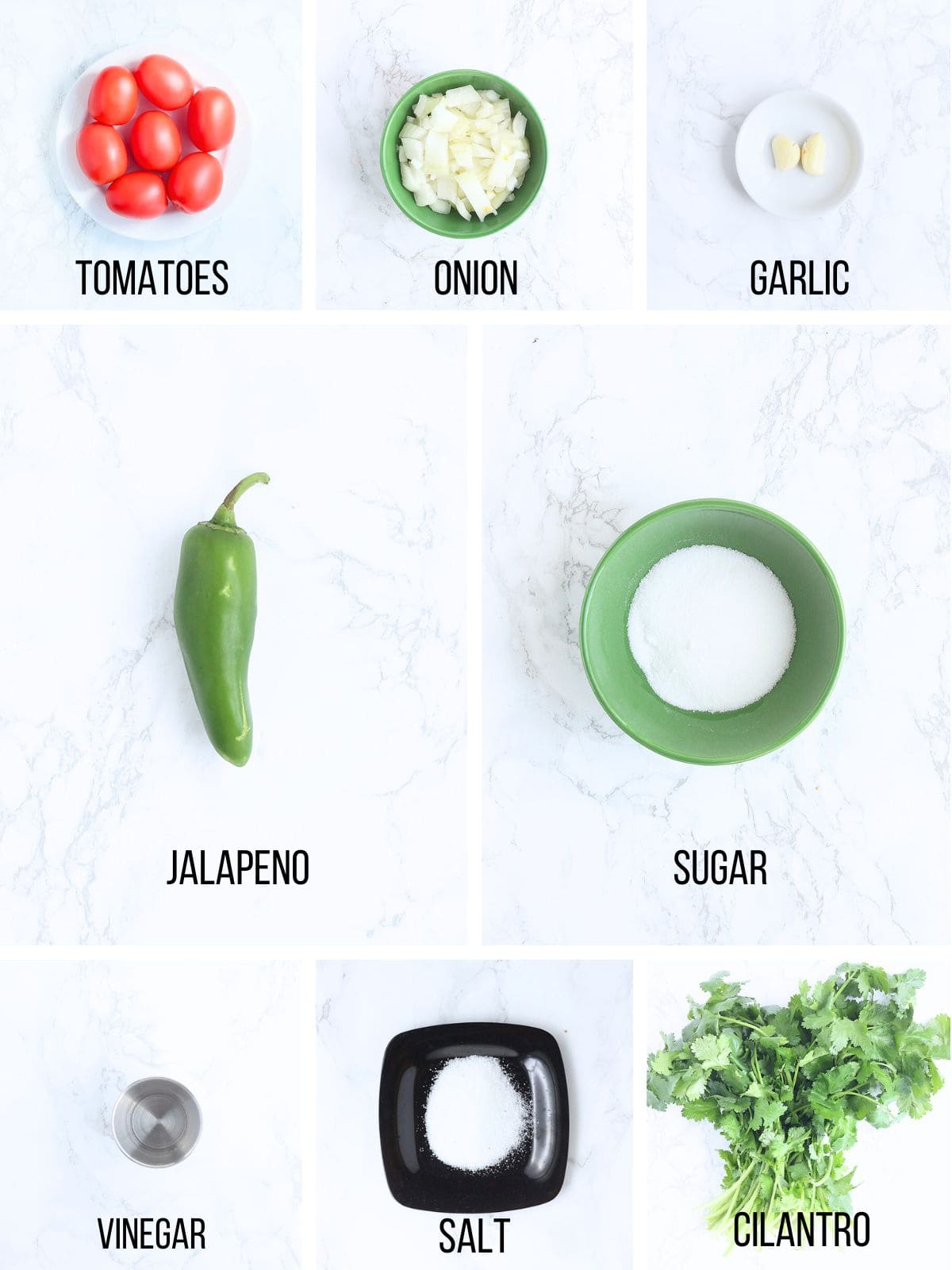
Tools
- Cutting board – A sturdy surface for slicing your tomatoes, onion, and jalapeño.
- Chef’s knife – A sharp knife for chopping veggies evenly and safely.
- Spoon (optional) – For scooping out seeds from the jalapeño if you want less heat.
- Food processor – A food processor makes short work of chopping all the ingredients. A high powered blender can work in a pinch, but a food processor gives better control for chunky salsa. If you have neither, you can also chop everything by hand.
- Measuring cups and spoons – To measure vinegar, salt, sugar, and cilantro accurately.
- Mixing spoon or spatula – For stirring and taste-testing once blended.
- Canning jars (pint-size or half-pint) – Clean glass jars with lids and bands.
- Jar funnel – Makes it easy to transfer salsa into jars without spills. You can buy the jar funnel, lid lifter, bubble remover and jar lifter in a set here.
- Bubble remover or plastic spatula – For releasing air pockets after filling jars.
- Clean damp cloth – To wipe the jar rims before sealing.
- Lid lifter – Helps you safely place hot lids on jars.
- Jar lifter – For removing hot jars from the water bath safely.
- Water bath canner or large stock pot with a rack – For processing the jars to safely preserve them.
How to make garden salsa
- If your food processor is large, you can combine all the salsa ingredients in the bowl of a food processor and pulse until the salsa reaches your preferred consistency. For a chunky salsa, use short pulses; for a smoother salsa, pulse a few more times.
- For a mini chopper or if chopping by hand, chop all the ingredients in batches and add it to a mixing bowl with the vinegar, salt and sugar.
- Taste and add more salt, if needed.
- Transfer the salsa to a bowl, cover, and chill for 30 minutes to let the flavors mingle—or dig in right away if you can’t wait!
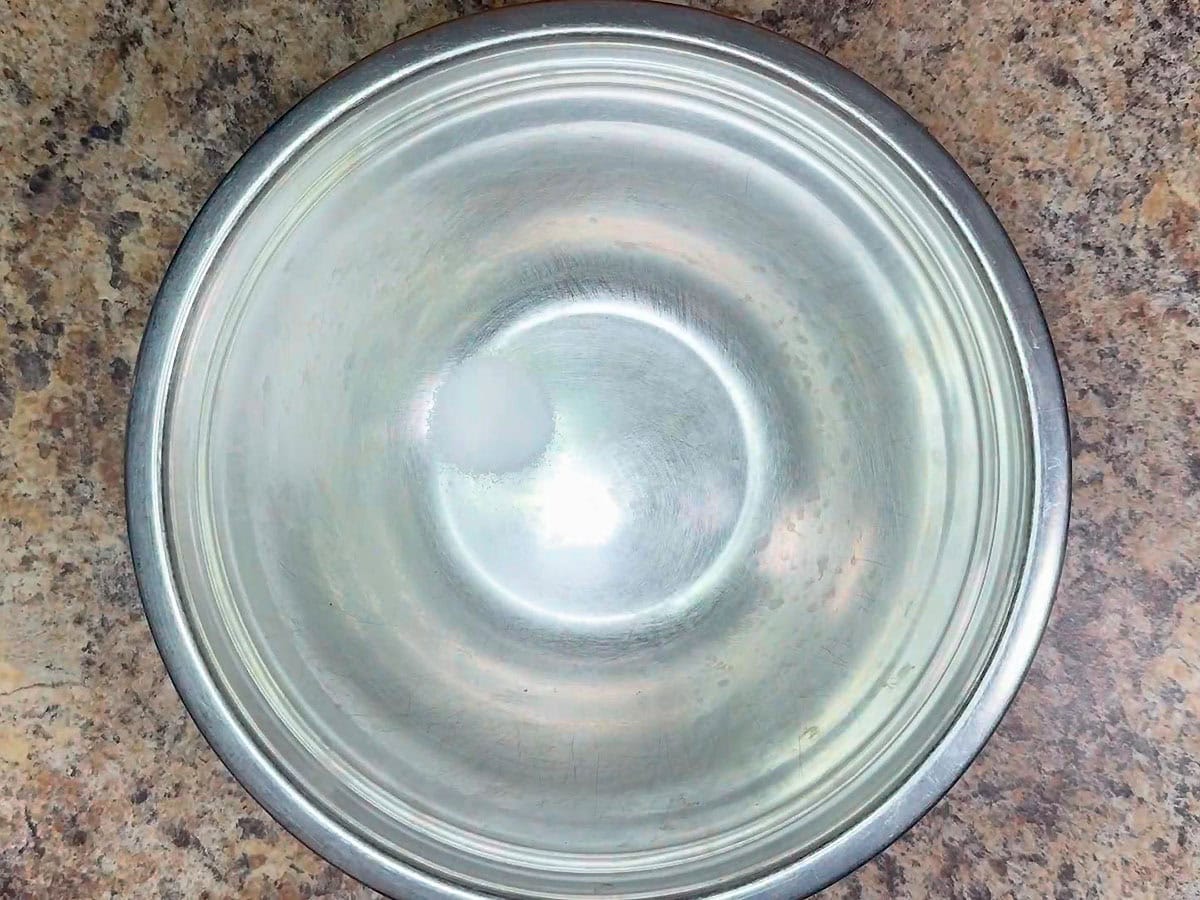
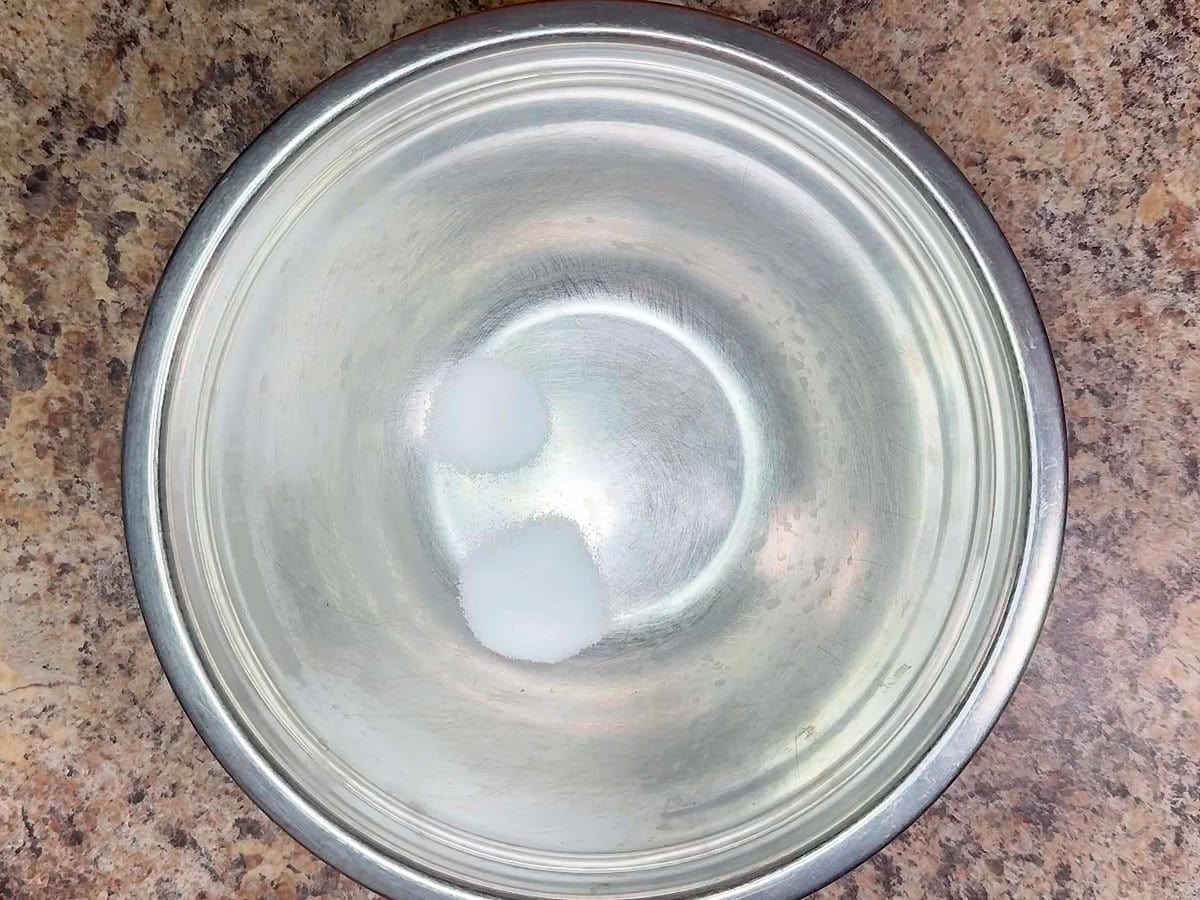
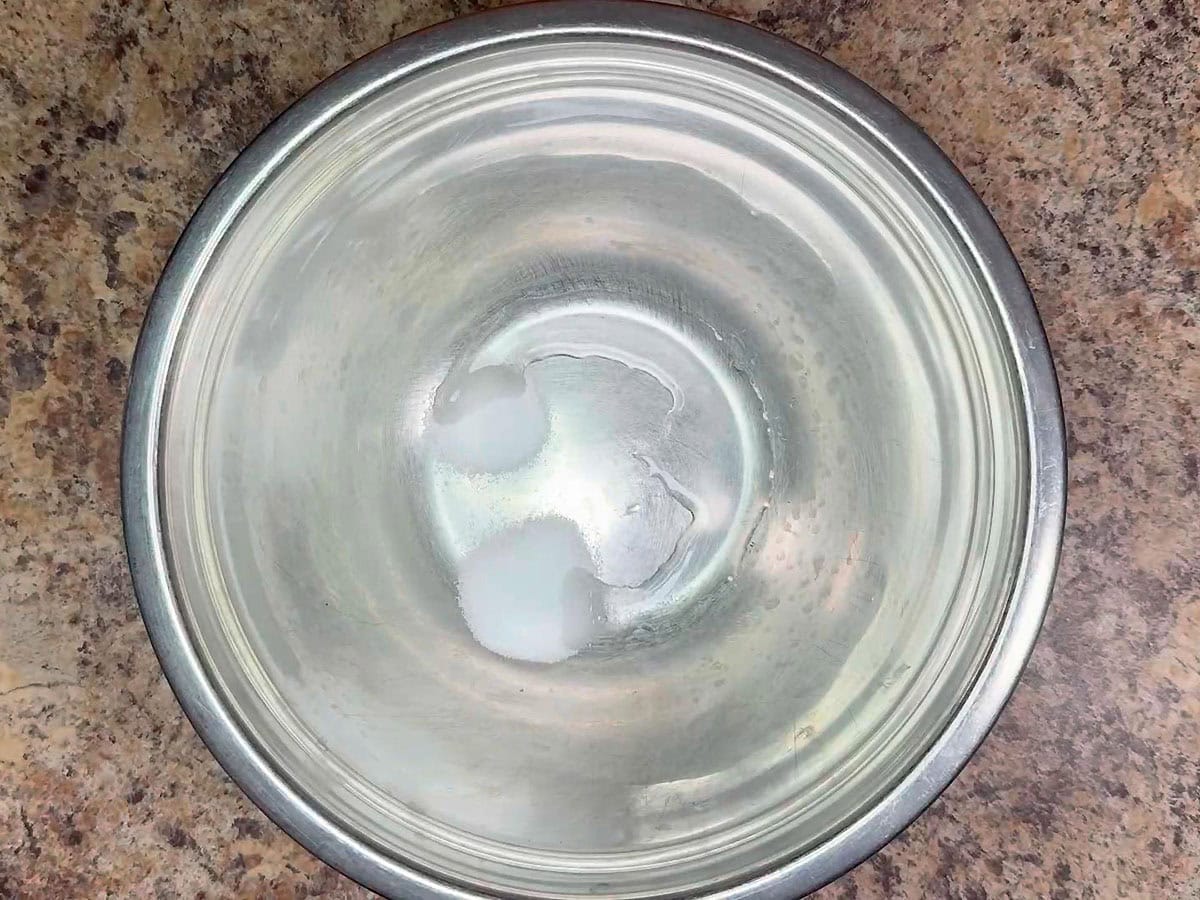
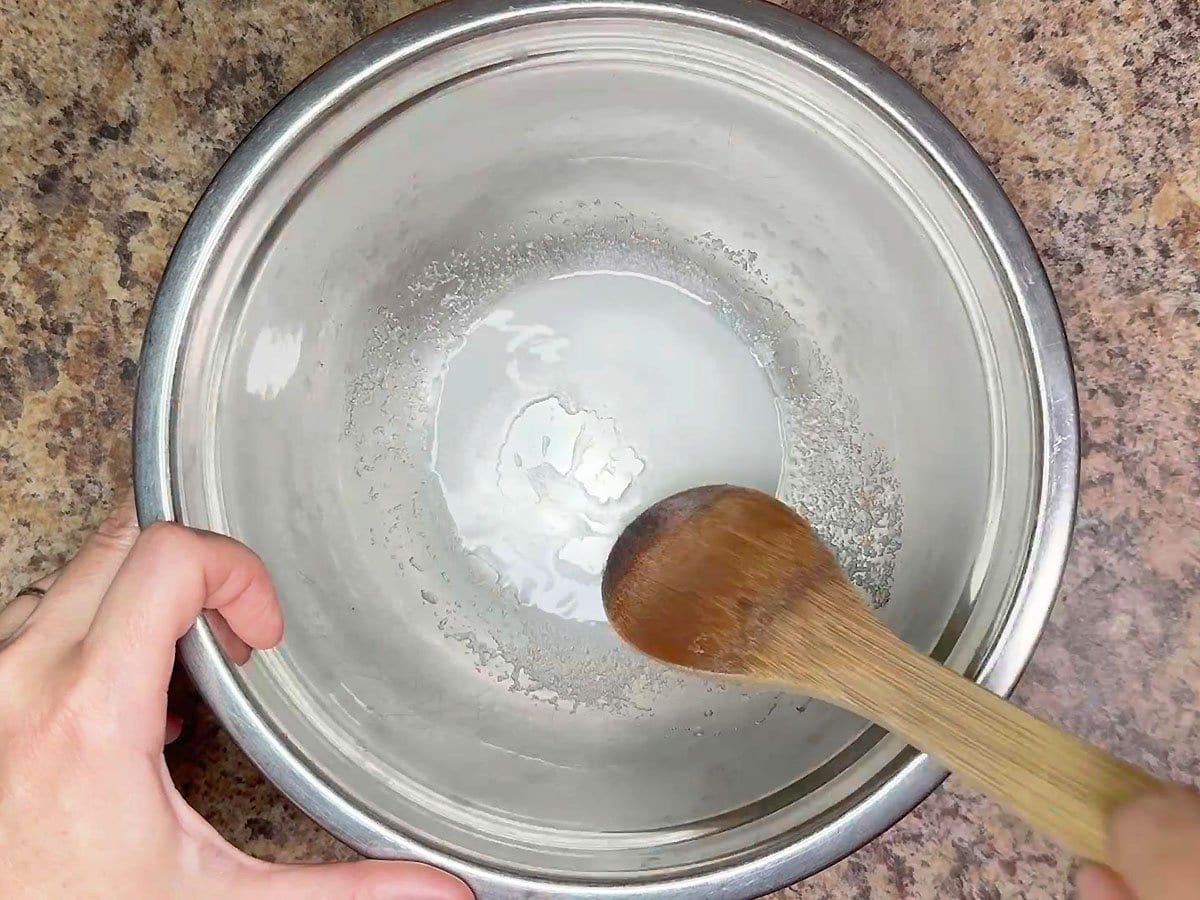
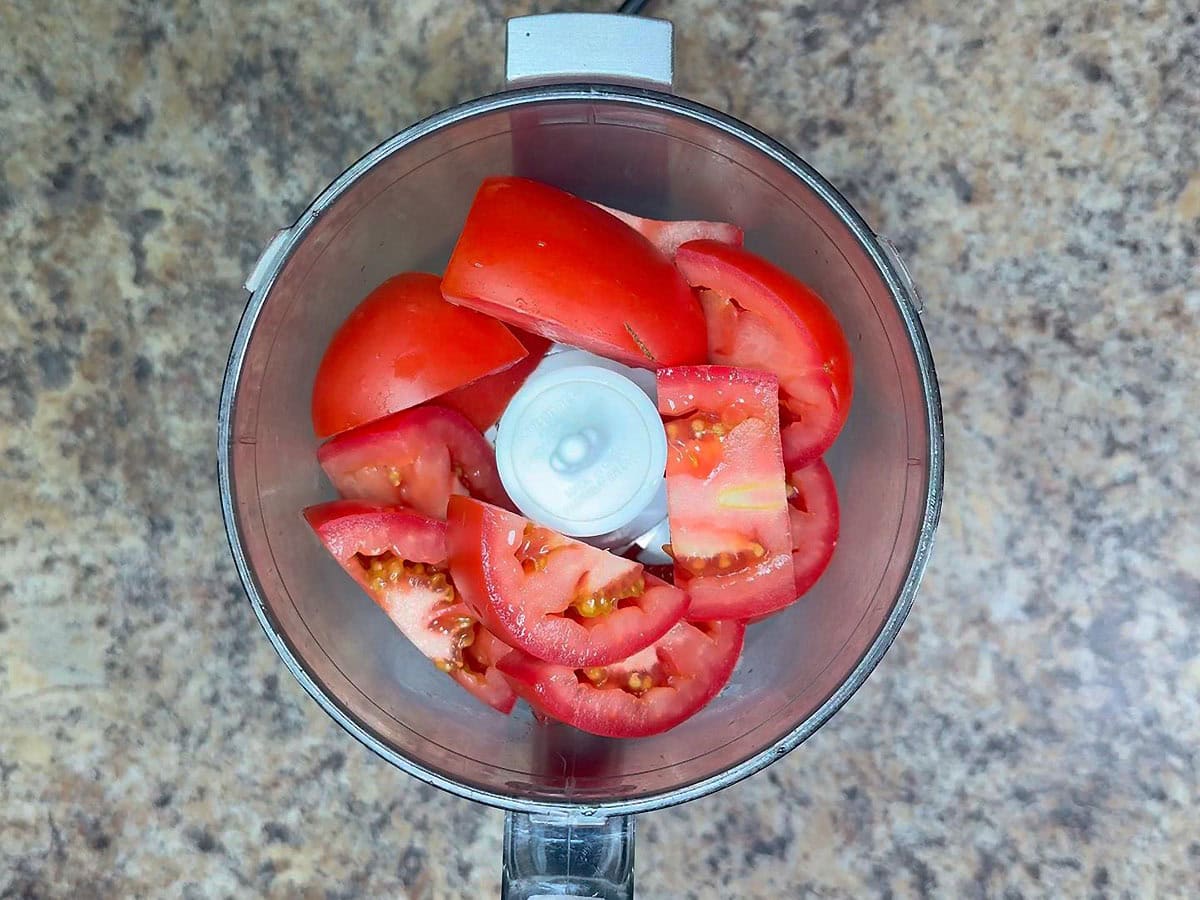
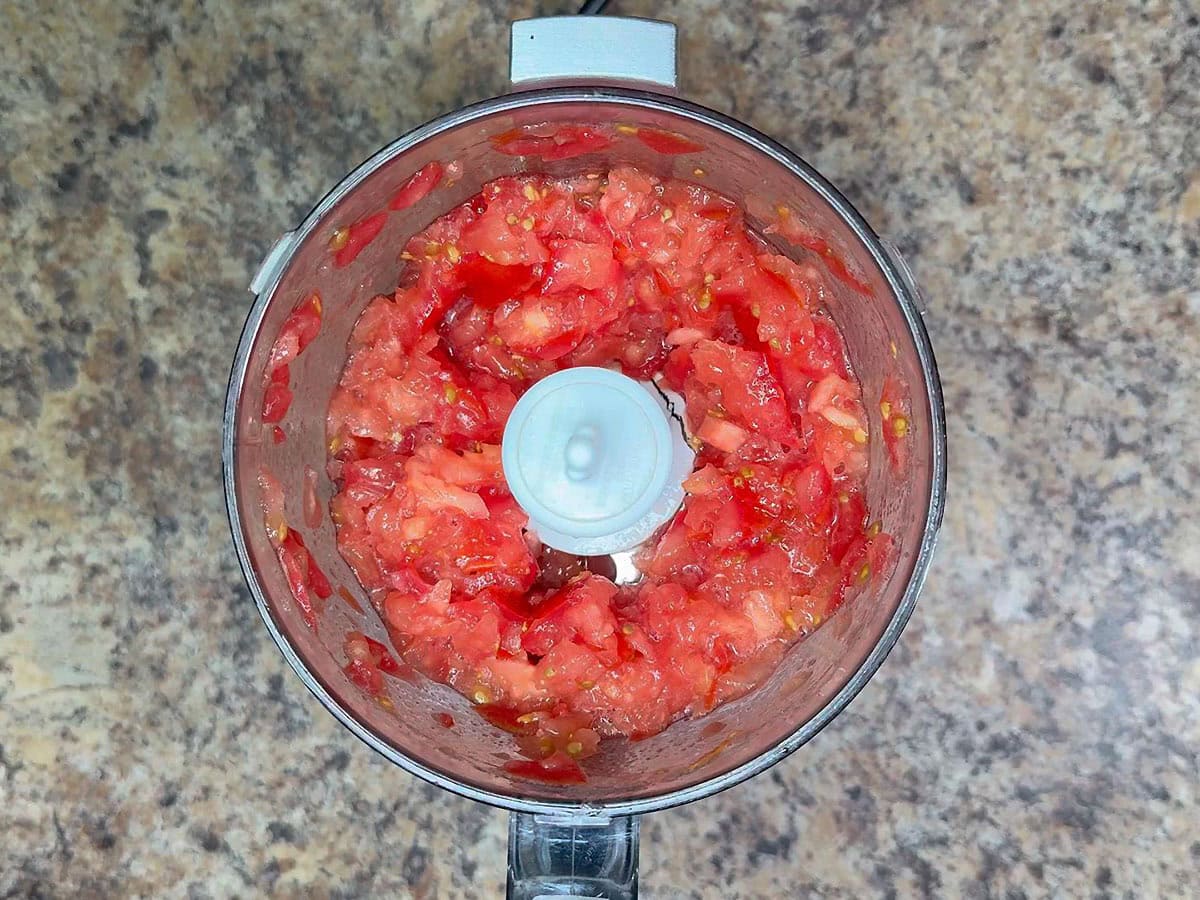
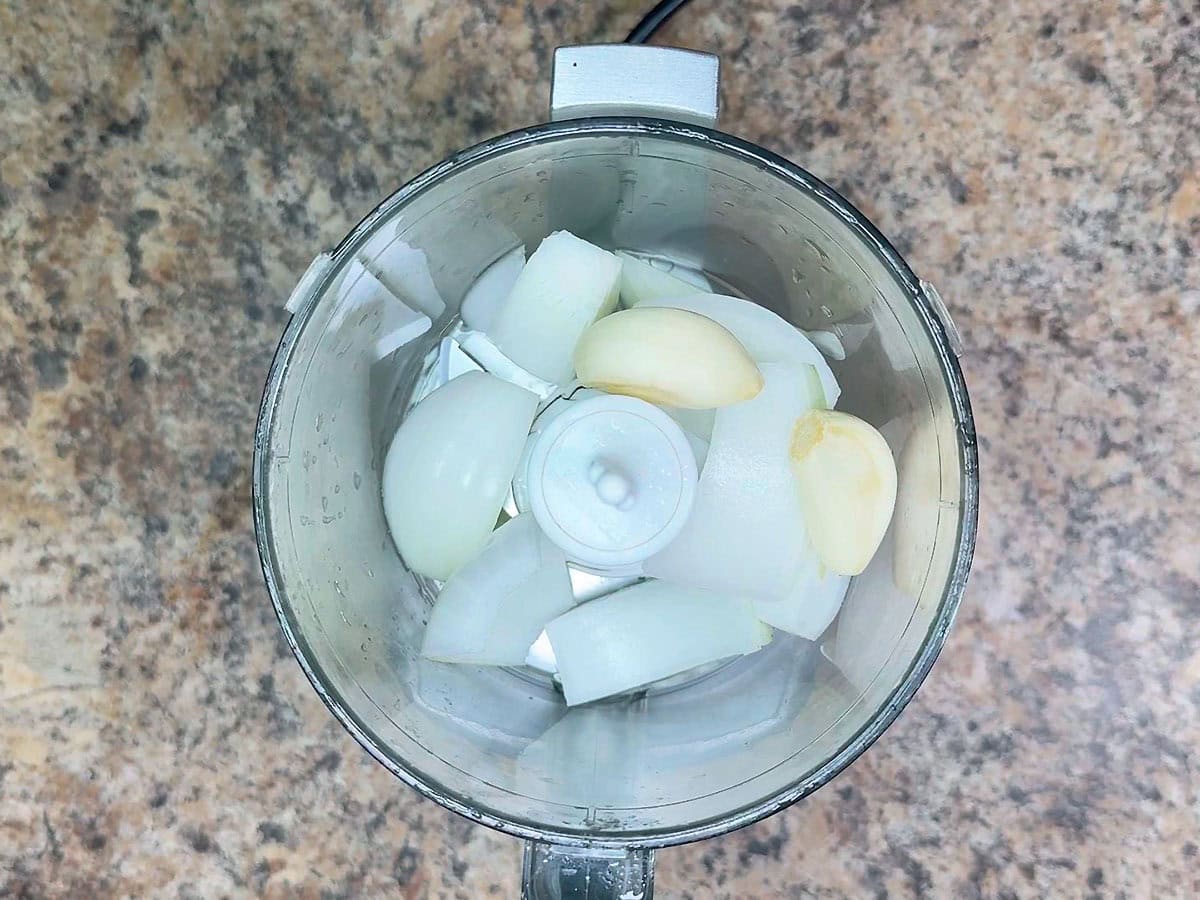
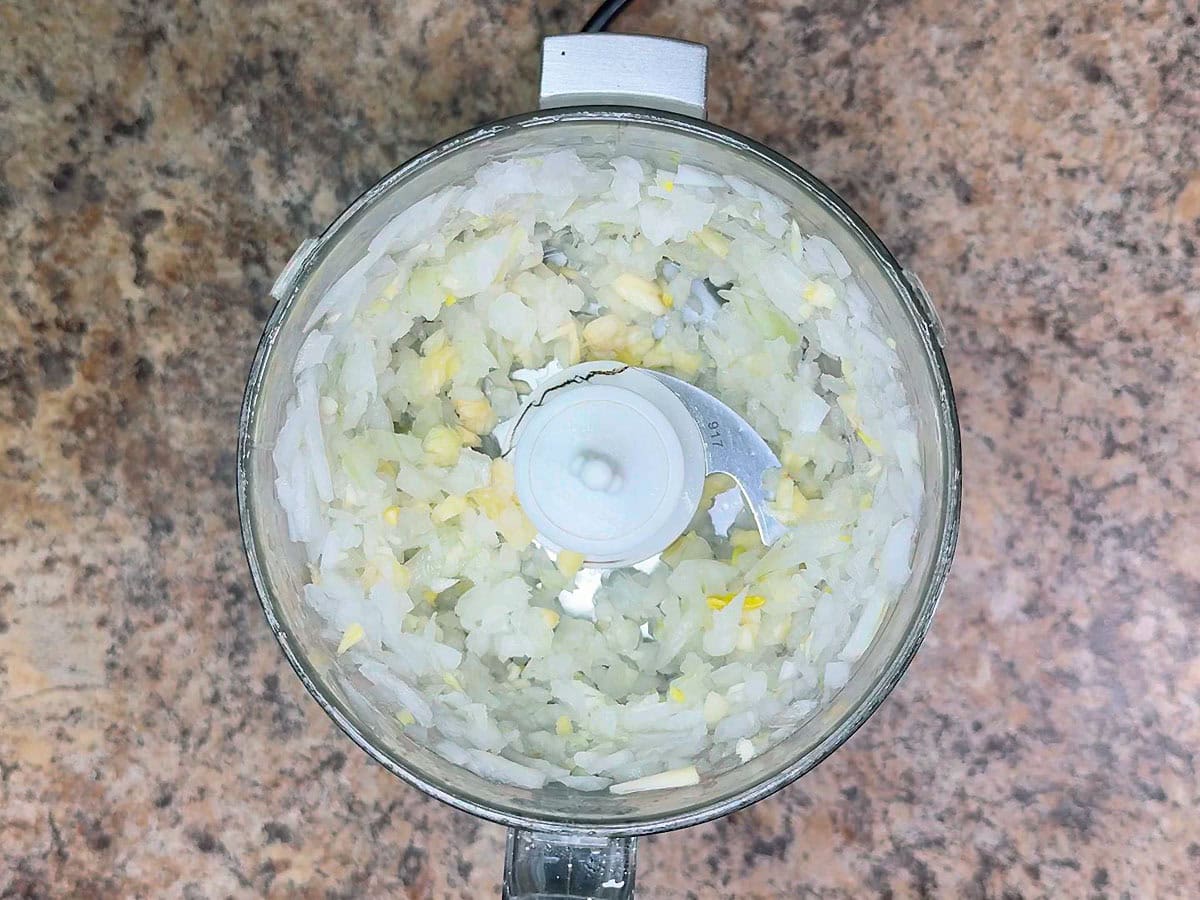
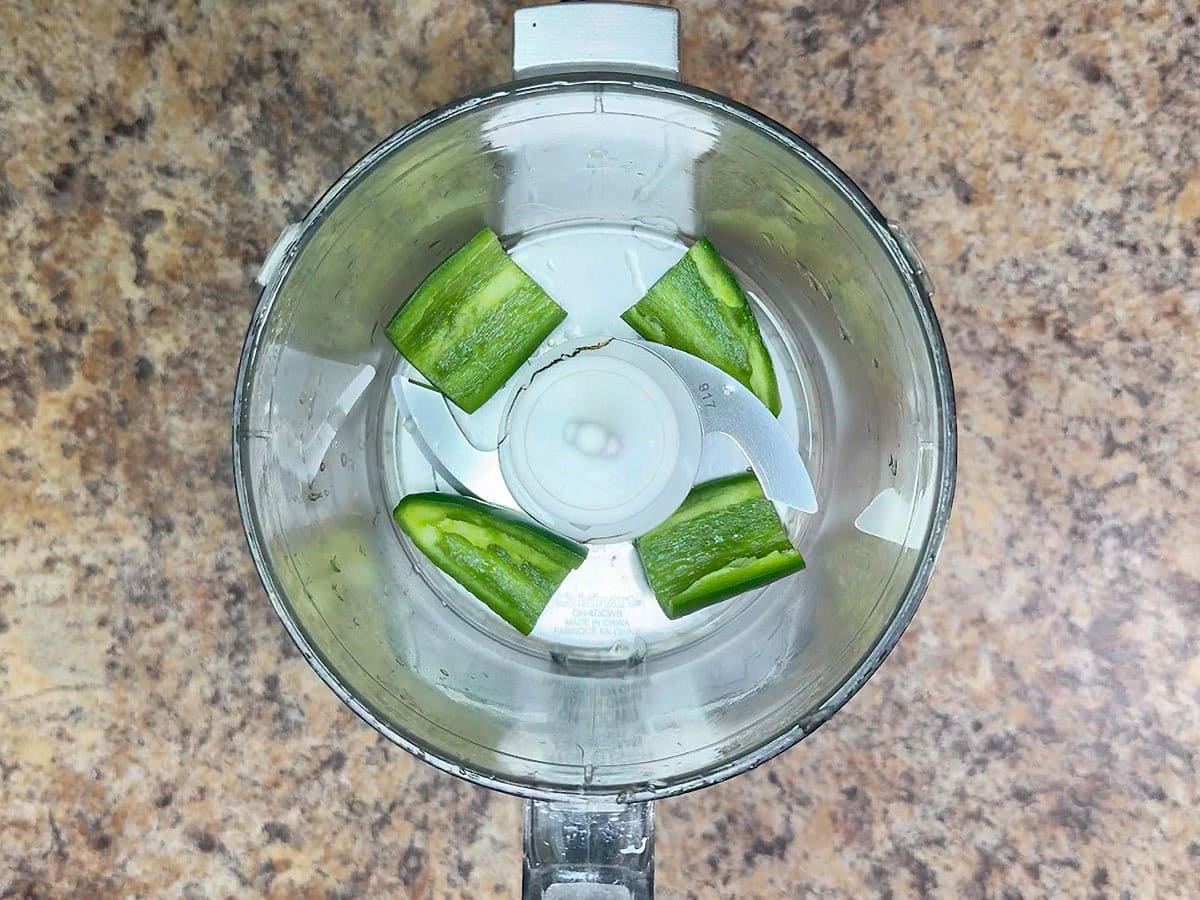
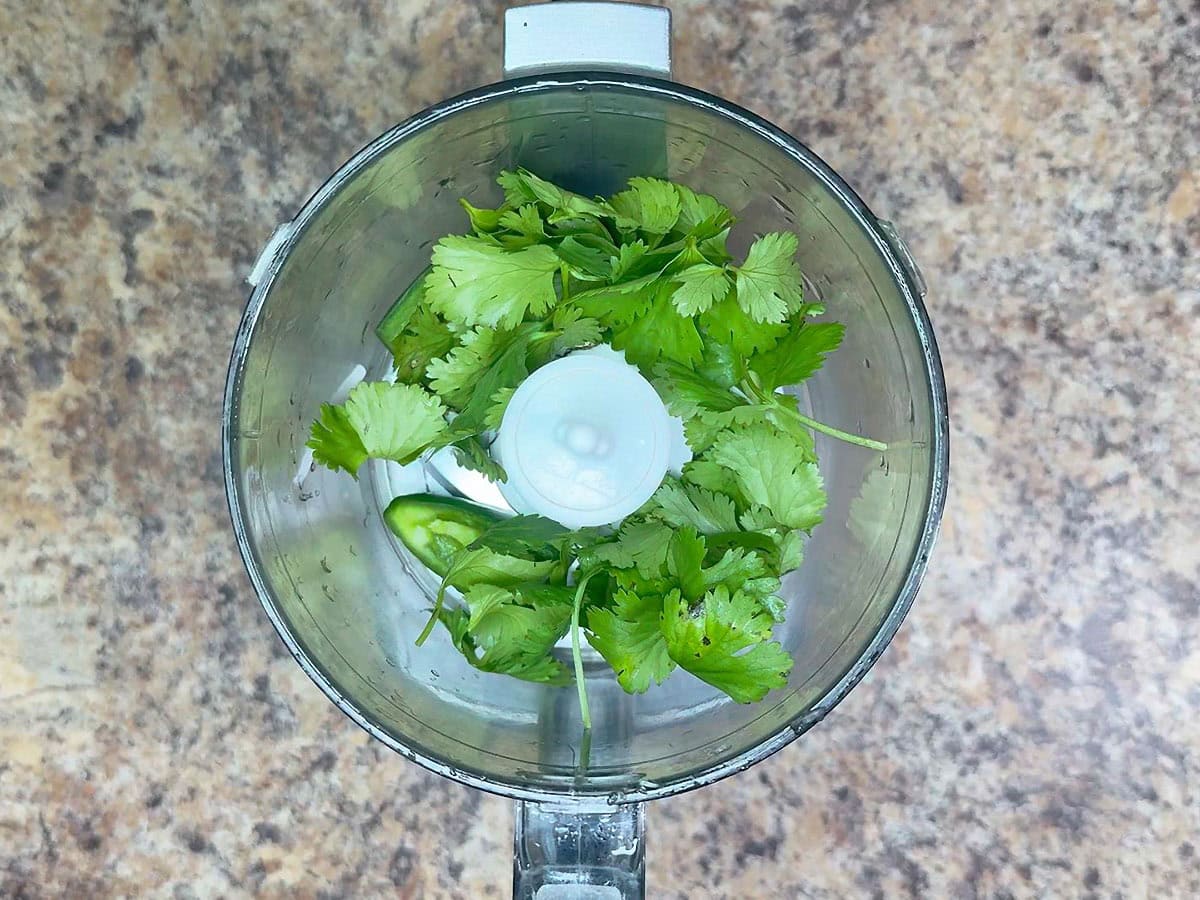
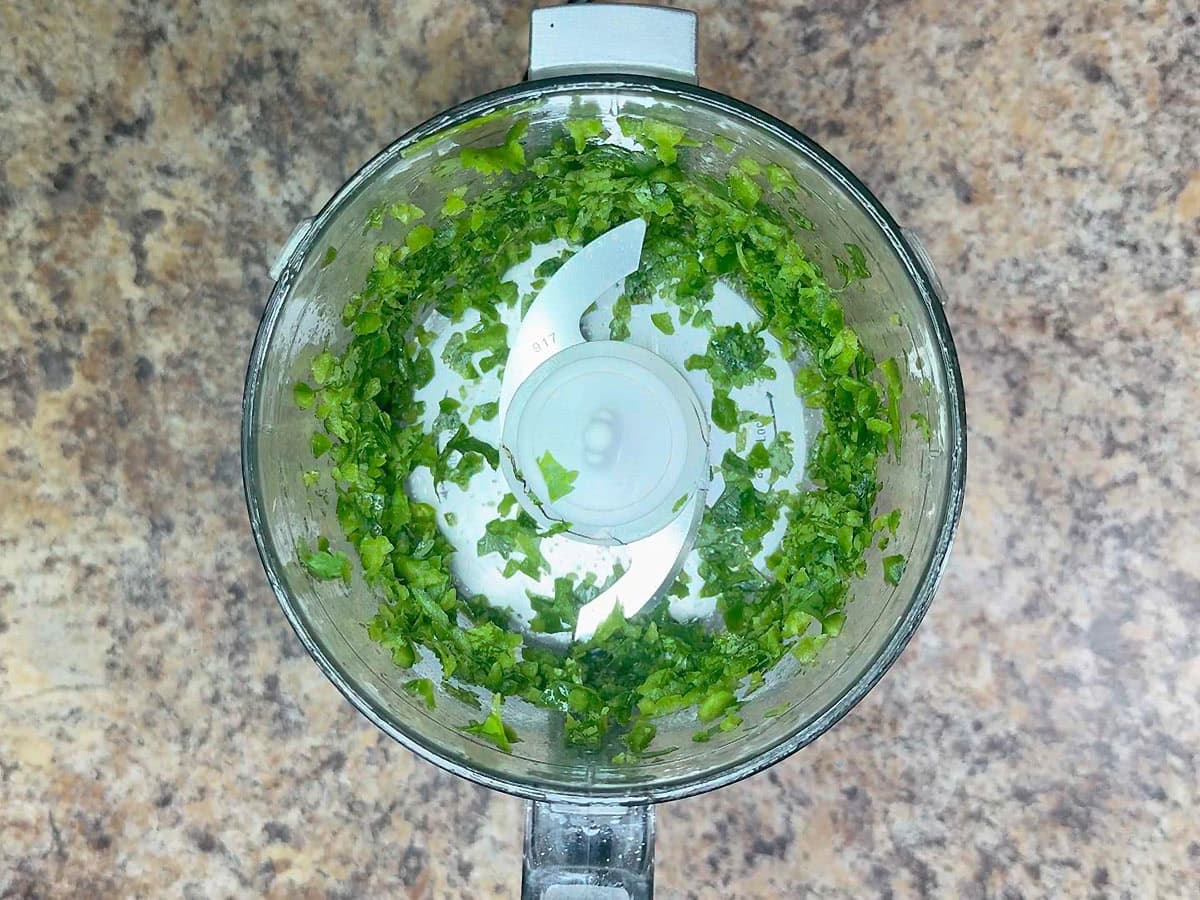
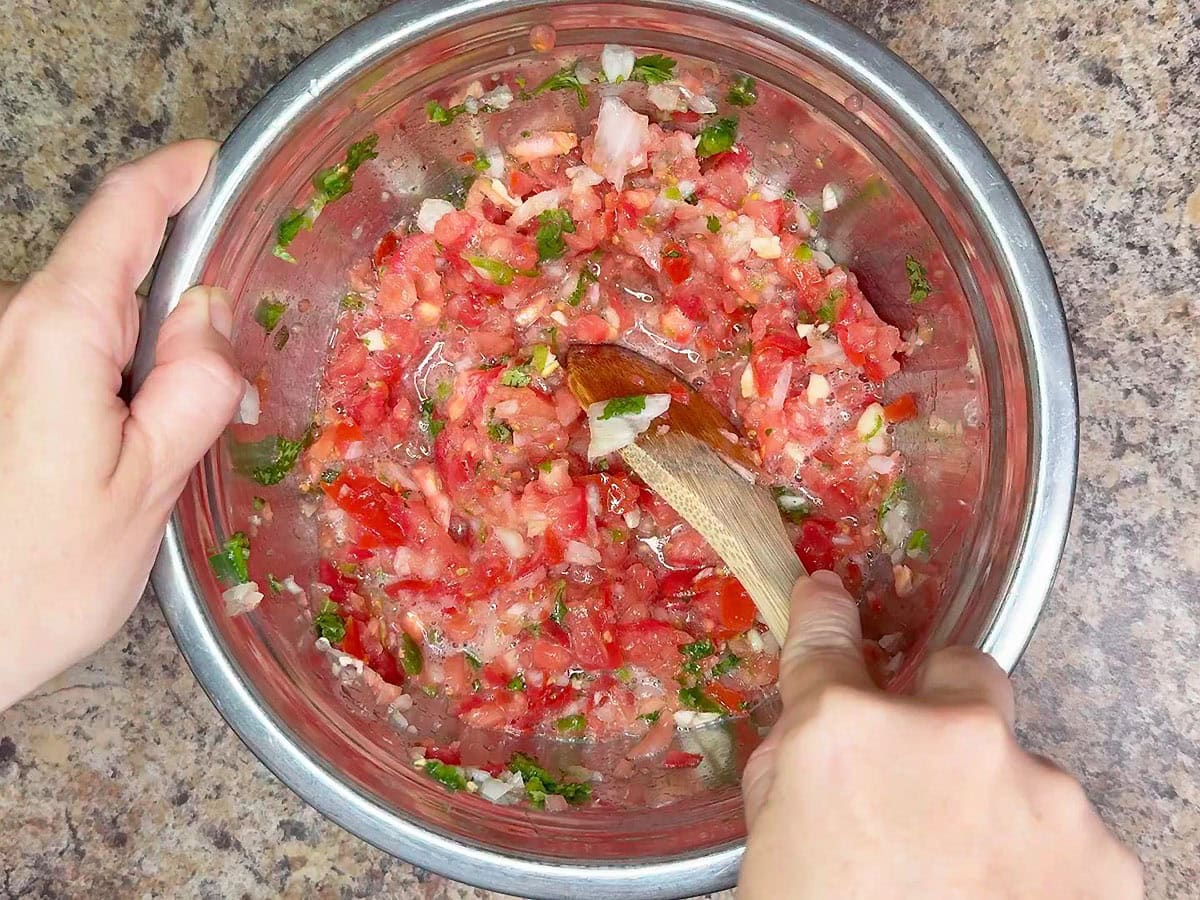
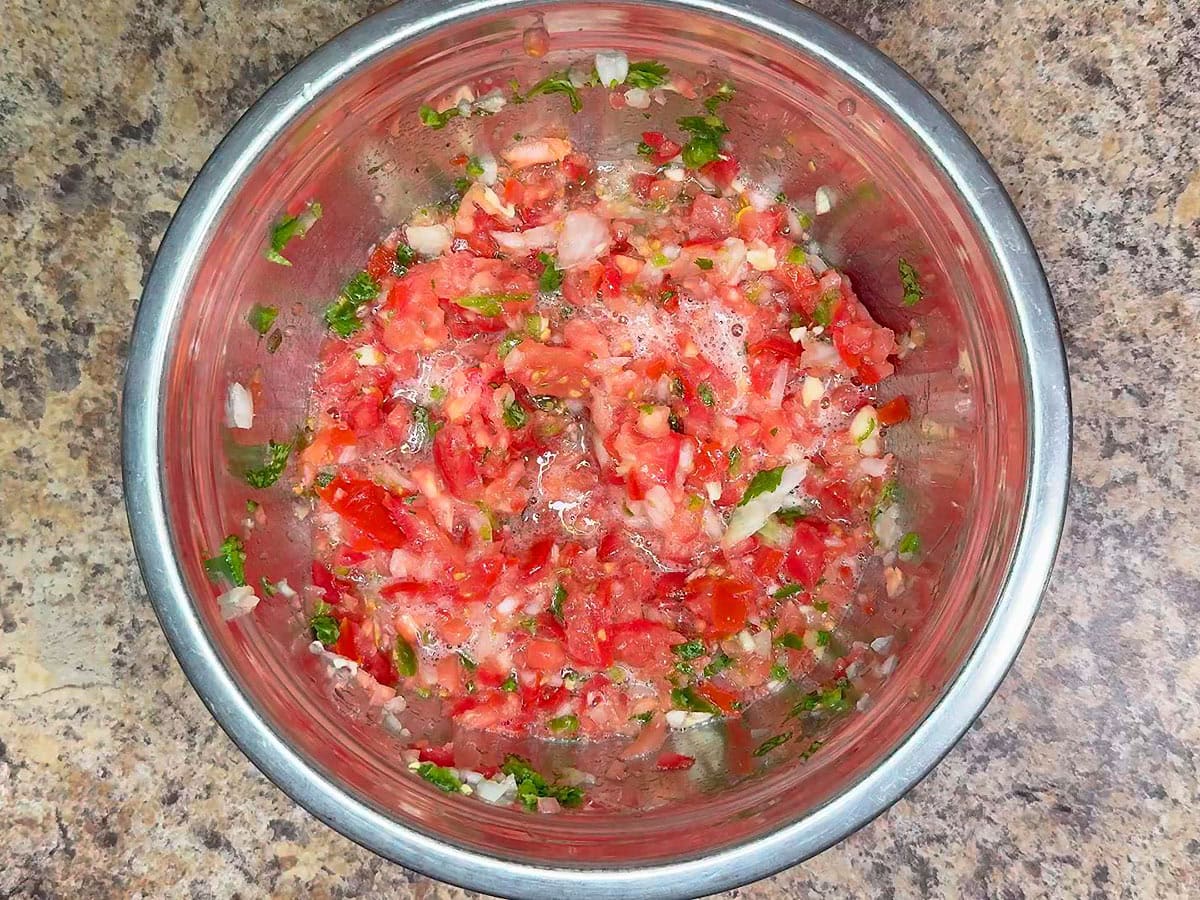
Storage and canning instructions
Storage. Keep your salsa in an airtight container in the fridge for up to 4 days.
Canning. Wash the jars, lids, and bands in hot soapy water. Rinse thoroughly. Place the jars in a large pot of simmering water (not boiling) to keep them hot until ready to use. Place lids in a small saucepan of hot (not boiling) water to soften the sealing compound.
Use a funnel to ladle the hot salsa into hot jars, leaving ½-inch of headspace at the top. Remove the air bubbles by running a plastic spatula or chopstick around the inside edge. Wipe the jar rims clean with a damp paper towel. Place the lids on the jars and screw on the bands just until they are fingertip-tight (not overly tight).
Place the jars into a boiling water canner, ensuring they are covered by at least 1–2 inches of water. Bring the water back to a rolling boil, then start timing. Process for 15 minutes (adjust time if above 1,000 ft elevation—see chart below). After the canning process, turn off heat and let jars sit in the hot water for 5 minutes.
Carefully remove the jars using a jar lifter. Place them upright on a towel or rack. Let the jars sit undisturbed for 12–24 hours to cool completely. Check the seals by pressing the center of each lid. If it doesn’t flex up and down, it’s sealed. Remove the bands. Label the jars with the date and store in a cool, dark place for up to 1 year.
For a more in-depth tutorial, check out my post on water bath canning.
Frequently asked questions
You can, but the flavor and texture will be different. If using canned, choose whole peeled or fire-roasted tomatoes and drain them well before blending.
One jalapeno pepper adds a little spice, making this recipe mild to medium as far as intensity. For a milder version, leave the pepper out entirely. For more heat, add additional jalapeño peppers or a serrano pepper.
You can, but I don’t recommend it. The texture may become a little more grainy and watery after thawing. If you do freeze, it’s best to strain any excess liquid before freezing and again after thawing. Store in freezer-safe containers for up to 3 months.
White vinegar helps preserve the salsa and adds brightness. You can substitute with apple cider vinegar or fresh lime juice—but make sure the acidity level stays the same if you’re canning.
Tomatoes are about 95% water, especially juicy varieties like beefsteak tomatoes or overripe ones. Even Roma tomatoes, which are more meaty, can release juice as they sit. If you blend the salsa too long or too aggressively, it can turn into more of a soup than a chunky dip. The longer you process, the more liquid is extracted. I recommend chopping the vegetables by themselves first, without the seasonings or vinegar, then pour the salsa into a fine mesh strainer and let some of the excess liquid drain off. Let it strain for 5–10 minutes. The transfer the vegetables to a bowl and then add the vinegar, salt and sugar.
Absolutely! You can make a big batch of this Garden Fresh Salsa—it scales up beautifully. Double, triple, or even quadruple the recipe—just keep the proportions the same, especially vinegar and salt if you’re planning to preserve it. These help maintain flavor and safe acidity levels. Most home food processors have limited capacity. If you’re making huge batches, you may need to process the salsa in smaller portions and combine them in a large bowl. Taste as you go. Jalapeños can vary in heat, so you might not need to multiply the hot peppers exactly. Store the salsa in airtight containers in the fridge for up to 4–5 days, or can the salsa using the water bath method (see canning instructions above).
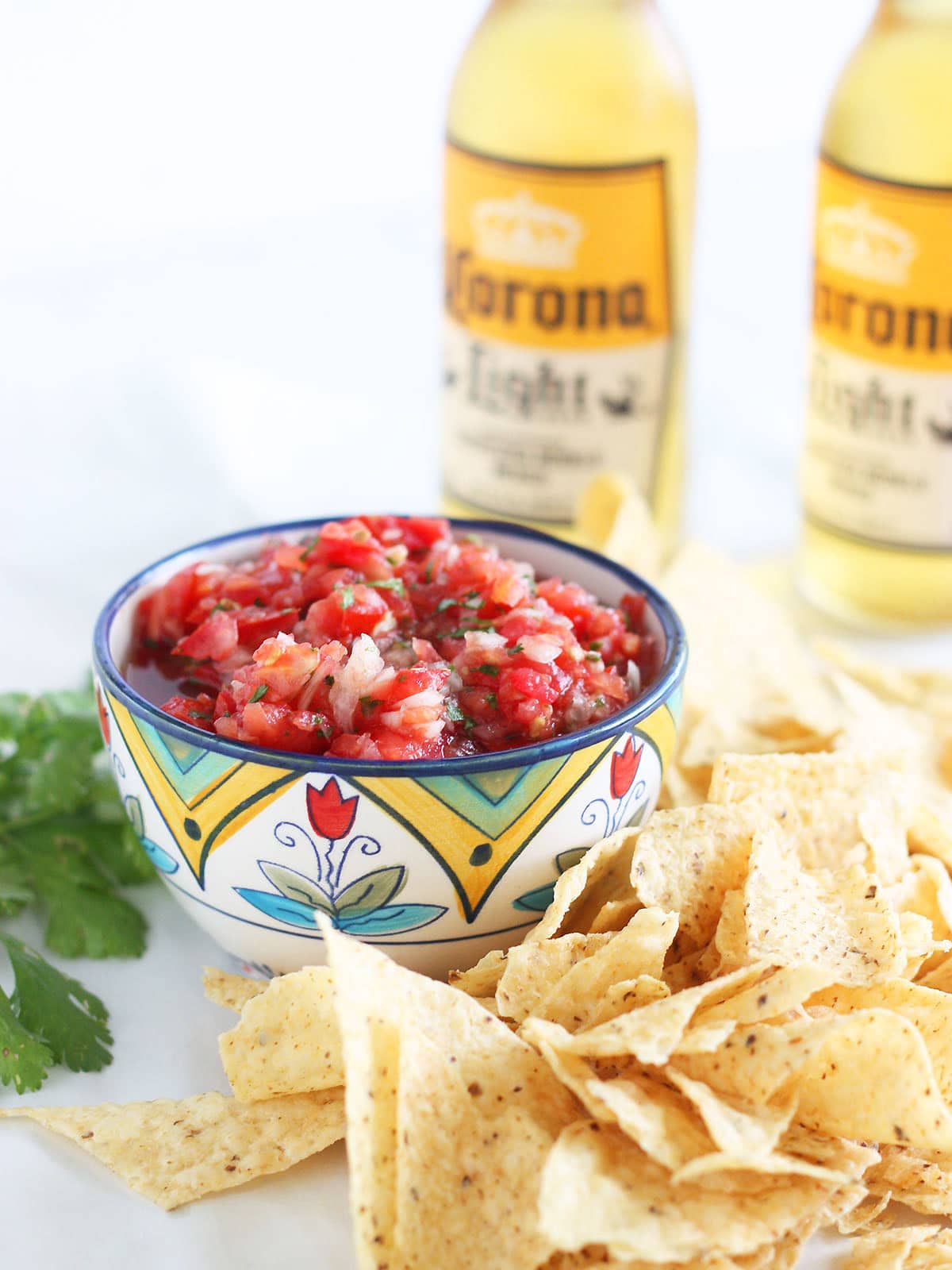
You might also like
Tried This Recipe? Let Me Know!
If you made these Baja grilled catfish sliders, I’d love to hear how it turned out! Your ratings and reviews help others find the recipe and give me great feedback too. ⭐️

Fresh Garden Salsa
Ingredients
- 7 roma tomatoes quartered
- ½ cup or one half of a medium white onion
- 2 cloves garlic
- 1 jalapeno pepper, halved, seeds and membranes removed
- ¼ teaspoon sugar
- 1 teaspoon white vinegar
- 1 teaspoon salt
- ¼ cup fresh cilantro
Instructions
- If using a large food processor, put all ingredients into the bowl of a food processor. Pulse until salsa reaches desired consistency.
- If using a mini chopper or chopping by hand, chop the veggies in batches and add them to a bowl with the sugar, salt and vinegar.
- Add additional salt as needed to taste.


Everyone loves this! I can’t keep enough in the fridge. I use whatever tomatoes I have from the garden. If using regular tomatoes (not Roma’s) squeeze out the seeds and juice of tomatoes and then cut up.
Hi, Yvonne! The salt in the salsa will naturally draw out some of the water from the tomatoes and onion. If you want a chunkier salsa, you can strain it before serving.
Thanks for sharing your recipe.
I followed your recipe and I find the end result watery! I took out ALL the membranes and seeds. I can’t figure what a did wrong. Maybe it’s ok anyway. The taste is great! Should I strain it when I open my “canned jars” this winter?
That’s great, Kelly! I’m so glad you enjoyed it. Thank you for coming back and leaving a comment.
I left out the onion, used the whole jalapeño, & added a clove clove of garlic. Loved this recipe, it turned out delicious! (First Time making salsa on my own)
I hope you give this recipe a try, Shannon!
I love fresh salsa!!!
Hi Danna, the recipe says it makes 1 1/2 – 2 cups and serves four people. That would be about 1/2 cup of salsa per person.
I am planning on trying this recipe but I need to know how many and what size the servings are so that I can figure the Macronutrients. Can you help me out with this. I didn’t see that info in the recipe itself
Thank you very much